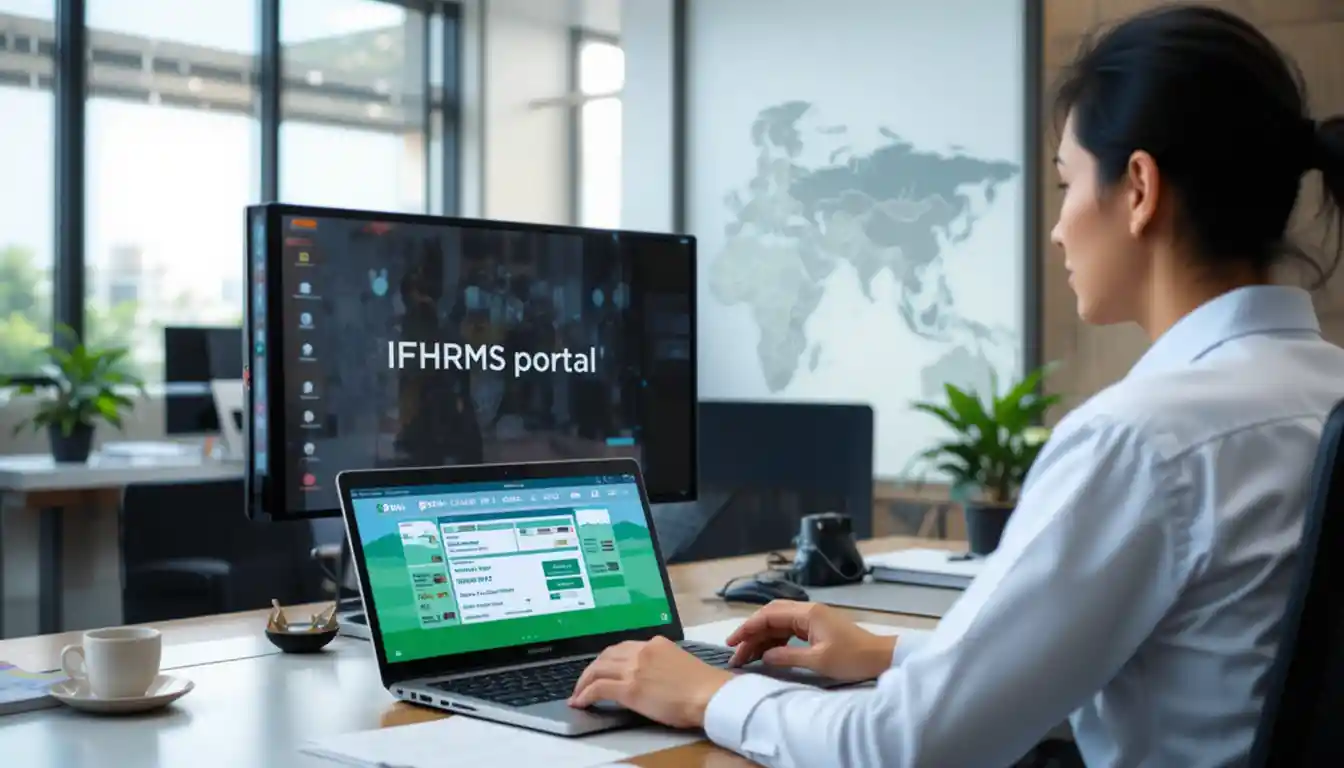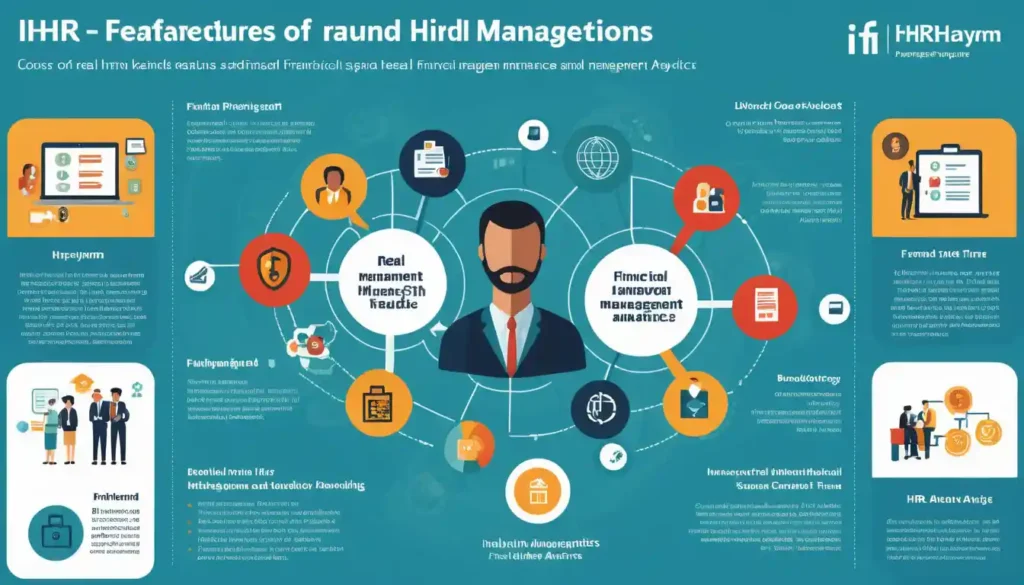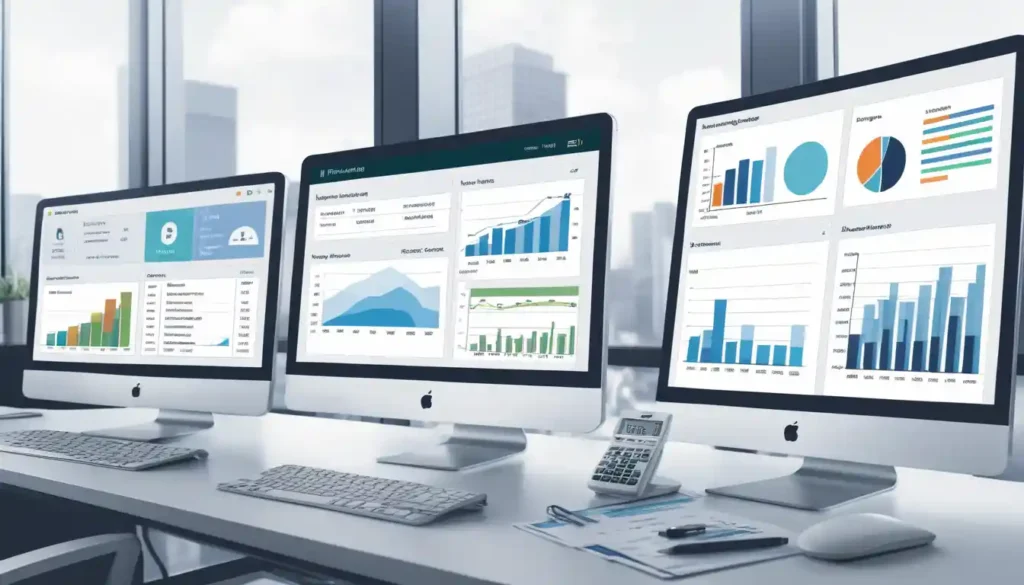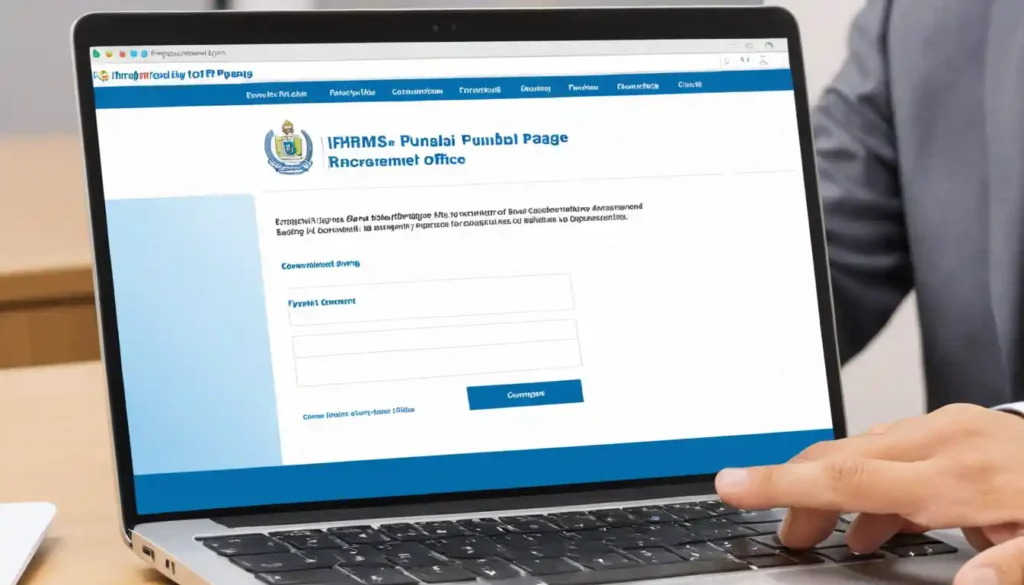IFHRMS: Enhancing Efficiency and Transparency in India’s Public Sector

In India, the IFHRMS (Integrated Financial and Human Resource Management System) is playing a crucial role in changing how the public sector manages its finances and human resources. The government of India has been striving to improve the efficiency of its public services for years, and IFHRMS is one of the most important steps in this direction. With a focus on preventing corruption, optimizing the management of funds, and streamlining administrative processes, this system is transforming the way things work in government departments.
In this blog, we’ll explore how IFHRMS is enhancing efficiency and transparency in India’s public sector. This is a significant change for the better, and it is important to understand the impact it has on everyone involved—government employees, pensioners, and citizens.
What is IFHRMS?
IFHRMS is a comprehensive system that integrates financial and human resource management across government departments. This system allows for seamless tracking of financial transactions, personnel data, and government expenditure in real time.
The Indian government introduced IFHRMS to address the common challenges of financial mismanagement and corruption. The aim was to create a robust management information system that can help streamline processes like payroll, budgeting, and resource allocation. By doing so, IFHRMS ensures that funds are used efficiently and transparently.
The Need for IFHRMS in India’s Public Sector
Before IFHRMS, public sector departments in India often faced issues like financial mismanagement, inefficient human resource allocation, and lack of transparency. Government funds were sometimes misused, and there was no easy way to track spending or manage payroll efficiently.
IFHRMS addresses these challenges head-on. It fills the gap by offering a centralized platform where all financial and HR data can be tracked and managed from a single point. By automating several processes, IFHRMS minimizes human error and reduces the potential for corruption, making it easier to manage the country’s vast public sector.
Key Features of IFHRMS
IFHRMS comes with several features designed to improve efficiency and transparency:
- IFHRMS Pay & Salary Management: This feature streamlines salary bill generation, payment processing, and tracking for employees across India. With automated payroll systems, public sector employees are paid on time, and salary-related discrepancies are minimized.
- IFHRMS Payslip Login: Employees can log in to the IFHRMS portal (like Karuvoolam) to access and download their payslips easily. This system gives employees instant access to their salary data, providing them with transparency and accuracy in pay distribution.
- IFHRMS Pensioner Portal: The IFHRMS Pensioner Portal helps retired government employees in India track and download their pension slips. This eliminates the hassle of manual paperwork and ensures that pensioners receive their due payments on time.
- Integration with Government Treasury: One of the most powerful aspects of IFHRMS is its integration with the government treasury, which allows for real-time tracking of financial transactions. This makes it easier for the government to monitor budget utilization, detect anomalies, and prevent misuse of funds.
How IFHRMS Enhances Efficiency
The IFHRMS system is designed to make government operations more efficient:
- Automating Financial Processes: By automating routine financial tasks like payroll management, budget monitoring, and expense reporting, IFHRMS eliminates manual errors, making the process faster and more accurate.
- Streamlined HR Management: Employee records, leaves, and payroll are all managed under the same system, reducing administrative burden and ensuring that human resources are effectively managed.
- Real-Time Tracking of Resources: IFHRMS provides live updates on government spending, preventing fraud and unauthorized expenses. By tracking each transaction, the system ensures that public funds are spent appropriately.
- Improved Reporting: Reports are generated quickly and accurately, helping government officials make informed decisions on budget allocation and resource management. The system also helps in better policy formulation based on data insights.
Ensuring Transparency with IFHRMS
Transparency is one of the primary goals of IFHRMS. The system’s transparent features help to build trust in public institutions:
- Transparency in Salary Distribution: With IFHRMS Pay & Salary Management, public servants can view detailed reports of their salary, including deductions, bonuses, and taxes. This ensures that all payments are fair and transparent.
- Auditable Transactions: IFHRMS records every financial transaction, creating a complete, auditable trail of all expenses. This makes it easier to identify financial irregularities or fraud.
- Public Access: Platforms like Karuvoolam allow citizens and employees to access information regarding their payslips and pension data. This enhances transparency and ensures that government operations are open to public scrutiny.
- Accountability Across All Levels: Since IFHRMS tracks every transaction and is integrated with various departments, it ensures that officials at all levels of government are accountable for their actions.
Impact of IFHRMS on Public Trust in India
By improving transparency and reducing financial mismanagement, IFHRMS has a direct impact on public trust in the government. With IFHRMS, both public servants and citizens can trust that their salaries, benefits, and taxes are being managed properly.
IFHRMS also encourages accountability by providing officials with the tools to monitor financial activities in real-time. As government employees and pensioners experience smoother, more transparent services, trust in the system grows.
There are several case studies where the IFHRMS system helped reduce corruption and mismanagement in government spending. These stories highlight how the system is transforming India’s public sector for the better.
Challenges in Implementing IFHRMS in India
While IFHRMS is a powerful tool, its implementation comes with challenges:
- Training End-Users: Many government employees in India were initially unfamiliar with the digital systems required for IFHRMS. This required extensive training to ensure that everyone could use the system effectively.
- Resistance to Change: Some employees were used to traditional methods of handling financial and HR tasks. They may have been hesitant to adopt IFHRMS, fearing it would disrupt their workflows.
- Technical Integration: Integrating IFHRMS with existing departmental systems was challenging, as various government agencies used different methods to manage finances and human resources.
- Budget Constraints: Smaller departments or rural areas faced challenges in adopting the new system due to budget constraints. However, the long-term benefits outweigh the initial cost of implementation.
Steps to Successful IFHRMS Implementation in India
To successfully implement IFHRMS, several steps need to be taken:
- Identifying Key Roles: The Head of Department (HoD) and departmental managers play a crucial role in guiding the IFHRMS implementation process. They ensure the system is used correctly and that everyone is on the same page.
- Communication Platforms: A website like www.karuvoolam.tn.gov.in login is essential for sharing information about IFHRMS and answering questions that employees or citizens may have.
- Continuous Training: Ongoing training for employees and managers ensures that everyone is up to date with system updates and features.
- Policy Updates: Government departments need to update their HR and financial policies to align with the new system. These changes ensure that IFHRMS operates smoothly across all departments.
IFHRMS in the Future: Scaling and Improving
The future of IFHRMS looks promising. Plans to expand its use to more departments are underway, with the goal of covering all public sector operations in India.
Technological innovations such as artificial intelligence and blockchain are being explored to further improve the system’s efficiency, security, and usability. As IFHRMS grows, it will become an even more essential tool for managing government finances and human resources.
The Indian government will continue to support and enhance IFHRMS to ensure it stays relevant and effective.
IFHRMS for Pensioners: A Closer Look at the Pensioner Portal
IFHRMS also simplifies the lives of pensioners. Through the Pensioner Portal, retirees can easily access and download their IFHRMS pension slip, ensuring they receive their pension on time.

This system eliminates the need for long paperwork or manual tracking of pension payments. With everything available online, pensioners can quickly view their payment history and other important details, reducing the chances of mistakes or delays.
Benefits of IFHRMS for Indian Public Sector Employees
Public sector employees in India benefit significantly from IFHRMS:
- Easy Access to Salary Records: With IFHRMS Pay Slip Login, employees can easily check their pay slips and other financial records, increasing transparency and trust in the payroll system.
- Accurate Pay Distribution: The system ensures that employees receive their correct pay without delays or errors.
- Efficient HR Management: Managing leave records, promotions, and other HR tasks is much easier with IFHRMS. Employees no longer have to deal with tedious paperwork, and everything is streamlined through the system.
FAQ
What is IFHRMS?
IFHRMS stands for Integrated Financial and Human Resource Management System. It is a government initiative in India designed to streamline financial and human resource processes across government departments. The system integrates payroll, budgeting, HR management, and treasury functions, ensuring transparency, efficiency, and accountability.
How does IFHRMS work?
IFHRMS works by automating financial and human resource processes such as salary bill generation, pension management, leave tracking, and budgeting. Government employees can access their payslips and track financial transactions in real-time, while departmental managers can use the system to manage resources and prevent misuse of public funds.
Who can access IFHRMS in India?
IFHRMS is primarily designed for government employees, pensioners, and departmental managers. Government employees can use the system to check their salary slips, manage leave, and track other HR-related data. Pensioners can access their pension details, and managers can monitor budget allocation and resource usage.
How do I log in to the IFHRMS portal?
To log in to the IFHRMS portal, you can visit the official website, such as Karuvoolam for employees in Tamil Nadu. You will need your login credentials, such as your employee ID and password, to access your account and manage your payslips, salary bills, and other financial information.
What is the IFHRMS Pensioner Portal?
The IFHRMS Pensioner Portal is a platform dedicated to retired government employees. It allows them to access and download their pension slips, check payment histories, and manage other pension-related services. This portal ensures that pensioners in India receive timely and accurate payments.
How can I download my IFHRMS payslip?
To download your IFHRMS payslip, log in to the portal using your credentials. Once logged in, you will find the option to view and download your payslip. In states like Tamil Nadu, employees can use the Karuvoolam website to access their payslips easily.
What are the benefits of IFHRMS for government employees?
IFHRMS offers numerous benefits for government employees in India, including:
- Easy access to salary records and payslips.
- Accurate and timely salary distribution.
- Simplified leave management and HR-related tasks.
- Transparency in financial transactions and payroll processes.
- A platform to track benefits and resolve discrepancies quickly.
Can IFHRMS help reduce corruption in government departments?
Yes, one of the main objectives of IFHRMS is to reduce corruption and fraud. By automating financial processes and creating a transparent system for tracking resources and salaries, the system ensures that all transactions are recorded and auditable. This reduces the chances of financial mismanagement and unauthorized spending.
What challenges are faced during IFHRMS implementation?
While IFHRMS has many advantages, there are challenges in its implementation, such as:
- Training employees to use the new system.
- Resistance to change from employees accustomed to manual processes.
- Technical issues related to system integration across different departments.
- Budget constraints in smaller government departments or rural areas.
Is IFHRMS available for pensioners in India?
Yes, IFHRMS includes a Pensioner Portal that allows retired government employees to access their pension slips, check payment history, and manage pension-related information. This digital platform makes it easier for pensioners to track their payments and resolve any issues.
Conclusion
IFHRMS is transforming how the Indian public sector handles its finances and human resources. By improving efficiency, reducing corruption, and increasing transparency, the system is making government processes more accountable and accessible.
As India continues to modernize, IFHRMS will play an essential role in making government operations smoother, fairer, and more efficient. Continued support for IFHRMS will ensure its success in the long term, helping create a more transparent and accountable government for future generations.






































